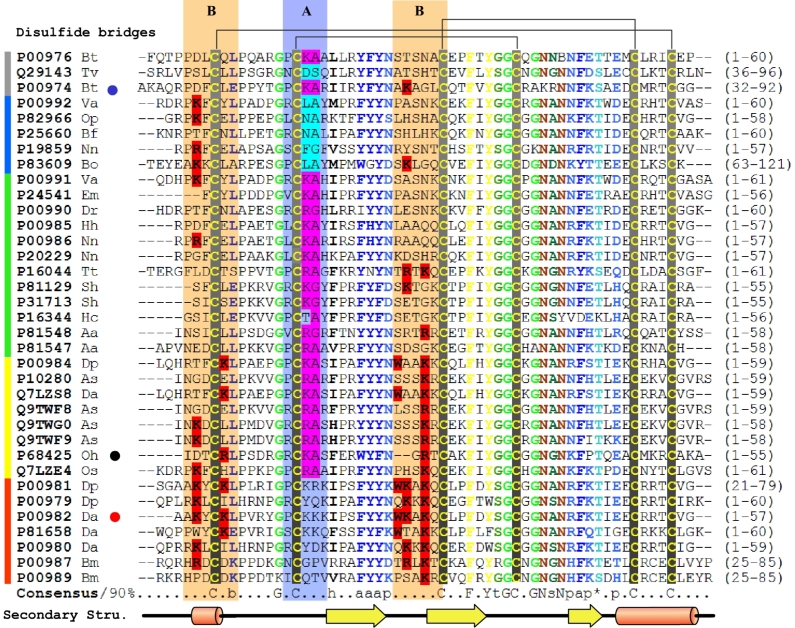Figure 8. Representative alignment of five classes of Kunitz-type molecules.
Different groups classified by function are indicated by colored lines at left: grey, body trypsin inhibitors; blue, chymotrypsin inhibitors in venom; green, trypsin inhibitors in venom; yellow, dual-function toxins; red, K+ channel blockers. The alignment was generated by ClustalX (34) and manual editing from the selected protein sequences of the PSI–BLAST (33) search. The 90% consensus sequence was calculated and colored using Chroma (36) Key residues for K+ channel blocking and protease inhibition are highlighted in red and cyan, respectively. Regions A and B have light blue and orange backgrounds, respectively. The blue, black and red dots after protein names indicate HWTX-XI, BPTI, and DTX-K, respectively. Capital letters represent amino acids. Lower-case letters represent the following: a, aromatic; b, big; h, hydrophobic; l, aliphatic; p, polar; s, small; t, tiny. The disulfide bridges according to the 3D model are indicated above the alignment. The secondary structure below the alignment is derived from the 3D structure of HWTX-XI (PDB code: 2JOT). Species abbreviations are as follows: Va, Vipera ammodytes ammodytes; Sb, Sarcophaga bullata; As, Anemonia sulcata; Hh, Hemachatus haemachatus; Mm, Macaca mulatta; Em, Eristocophis macmahonii; Os, Oxyuranus scutellatus scutellatus; Oh, Ornithoctonus huwena; Dp, Dendroaspis polylepis polylepis; Da, Dendroaspis angusticeps; Nn, Naja nivea; Bt, Bos taurus; An, Anoplius samariensis; Bo, Boophilus microplus; Bf, Bungarus fasciatus; Cc, Caretta caretta; Op, Ophiophagus hannah; Dr, Daboia russellii siamensis; Tv, Trichosurus vulpecula; Hp, Helix pomatia; Aa, Anthopleura aff. xanthogrammica; Tt, Tachypleus tridentatus.

